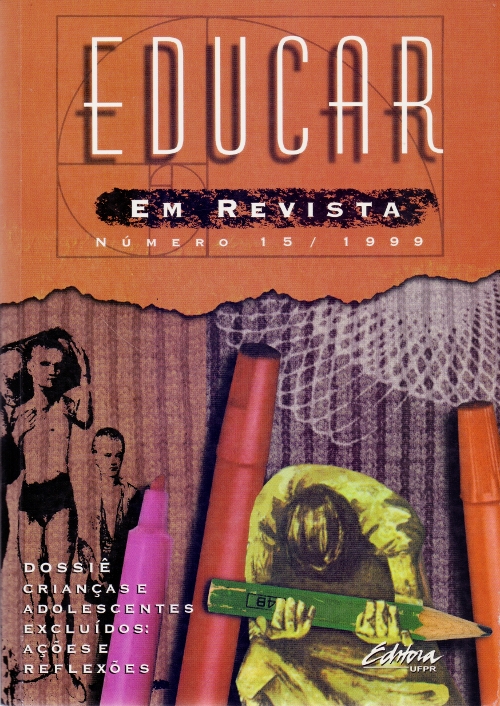Estatuto da criança e do adolescente: avaliação histórica
Palavras-chave:
Estatuto da Criança e do Adolescente, sujeito de direito, cidadania, Statute of Children and Teenagers´, rights, citizenship.Resumo
O Estatuto da Criança e do Adolescente completa dez anos de existência e ainda sofre uma série de críticas por parcela da sociedade que ainda resiste à mudança de paradigma em relação à criança e ao adolescente. Para muitos é mais cômodo continuar vendo as crianças e adolescentes como menores, ou seja, incapazes de serem sujeitos de sua história. No entanto, tendo por base a Doutrina das Nações Unidas para a Proteção Integral e a Constituição Federal Brasileira, o Estatuto aparece como uma resposta humanitária à injustiça vivida por milhares de crianças e adolescentes em situação de vulnerabilidade, pela precária situação da saúde, da educação, do desrespeito à liberdade, à dignidade e à convivência familiar e comunitária, possibilitando-lhes ascender ao status de cidadãos.
Abstract
The Statute of Children and Teenagers´has become 10 years old., and it has been criticized by a society which can´t be submitted to paradigmatic changes concerning children and teenagers. It is very easy to see children and teenagers as minors , i.e., not able to be responsible for their history. However, the Statute comes as a humanitarian response to lack of justice suffered by vulnerable children and teenagers, based upon the Doctrine of the United Nations . These children and teenagers are vulnerable due to their poor health and education, lack of respect concerning freedom, dignity and familiar and communitary living conditions.Their Statute is a way of bringing them back to citizen status
Como Citar
Edição
Seção
Licença
Todo o conteúdo do periódico está licenciado sob uma Licença Creative Commons do tipo atribuição BY.
Os Direitos Autorais para artigos publicados na Educar em Revista são do autor, com direitos de primeira publicação para a revista. A revista é de acesso público (Open Access), sendo seus artigos de uso gratuito, com atribuições próprias, em aplicações educacionais e não-comerciais.



